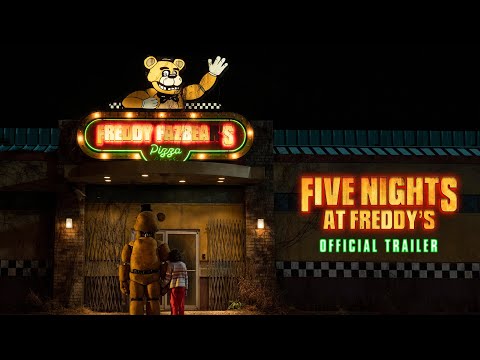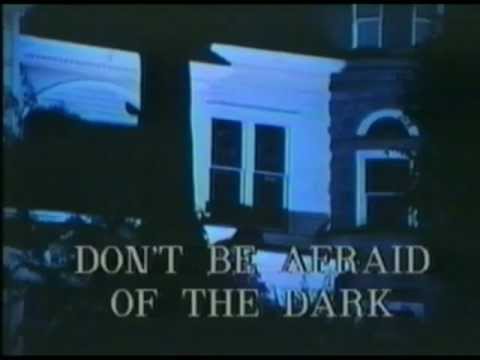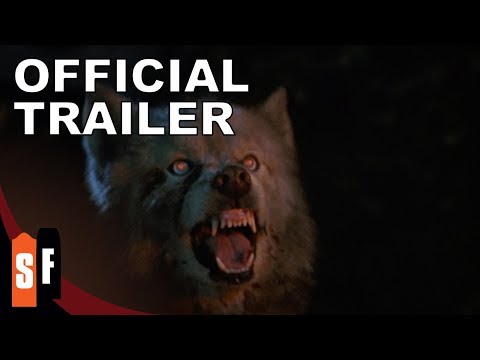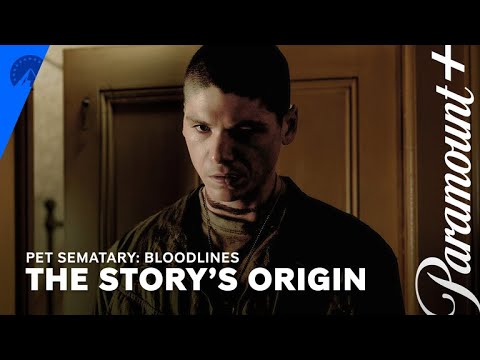Martin Scorsese’s “Killers of the Flower Moon” is unlike any film the director has ever made before, though you could pull “The Age of Innocence” (1993) as a possible reference.
Both are historical dramas that recreate a world that no longer exists or is even remotely recognizable.
Then again, you also have another Leonardo DiCaprio collaboration in which the actor, one of the greatest of my generation, is once again playing a lead character who is fascinating and layered but in no way likable.
Combine this with Robert De Niro in a supporting role, collaborating with DiCaprio for the first time since their electric “This Boy’s Life” (1993) 30 years earlier. The overall result isn’t always easy to watch or seamless but still emerges an engrossing, essential work from a master filmmaker.
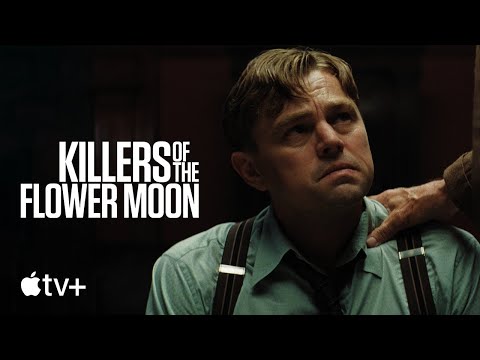
Set in Oklahoma of the 1920s, where the Osage people lived in wealth and powerful oil barons were everywhere, DiCaprio plays Ernest Burkhart, a former WWI soldier who is working for his uncle, a powerful, charismatic figure who is referred to as “King” (played by De Niro).
Ernest works as a chauffeur, meets, and instantly falls in love, with Mollie (played by Lily Gladstone), who is aware that Ernest’s affections are likely due to how rich she is; Ernest insists that he is in love with her and the two quickly marry.
As the Burkhart’s family extends, a large number of murders pile up, all involving members of the Osage tribe (and Mollie’s immediate family) dying of mysterious circumstances. A spot-on comparison to the Tulsa City Massacre is made.
DiCaprio has been cast as a vulnerable and stupid man, sporting a gravely vocal cadence, similar to Billy Bob Thornton in “Sling Blade” (1996). It’s a bold decision, unless you consider that, “Gangs of New York” (2002) into present day, Scorsese has never cast the former “Titanic” star as a character that was easy to like or even understand.
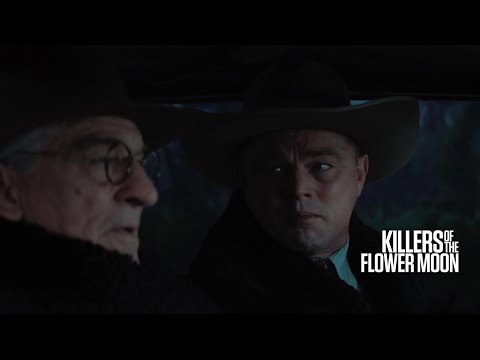
I can’t remember the last time De Niro truly frightened me in a movie (maybe it was “The Fan” in ’96) but he pulls it off here. The actor, who has appeared in far too many throwaway vehicles and subpar comedies post-Fockers, still has the fire, dedication, and commitment to acting excellence you’d expect and hope from him. I really hated “King” but his unflinching ability to lie and slither towards a single-minded purpose made me fearful of him, too.
Gladstone’s Mollie is the heart and center of the film, as it should be. Her performance is extraordinary but seems so effortless, the sign of a tremendous performer. The supporting casts is full of unknowns giving vivid character turns and old pros like John Lithgow and Brendan Fraser giving knockout cameos.
The wonderful, percussive score by the late Robbie Robertson, the sharp edits from the eternally gifted Thelma Schoonmaker and the vast landscapes captured by cinematographer Rodrigo Prieto are all Oscar worthy.
“Killers of the Flower Moon” is famously a film that has been gestating for years, as the original filming schedule was delayed due to the covid outbreak. Once the film completed shooting, years went by while Scorsese shaped his work.
RELATED: ‘COLOR OF MONEY’ LET SCORSESE GO HOLLYWOOD
Perhaps the most noteworthy creative decision was to alter the original narrative plan, which would have made Ernest and Mollie supporting characters, while a heroic federal agent (originally to be played by DiCaprio, eventually portrayed by Jesse Plemons) investigated the murders.
That’s fine, except we already have “Thunderheart” (1992) and don’t need the period piece equivalent.
What Scorsese and his crew have accomplished here was much tougher – instead of making this a police procedural, you have a character-driven story of how lying and hypocritical outsiders shared the same environment with indigenous people and succumbed to their greed and murderous tendencies.
Outside of the Osage people, it’s hard to deem any of the characters the protagonist, which is what makes this a Scorsese film.
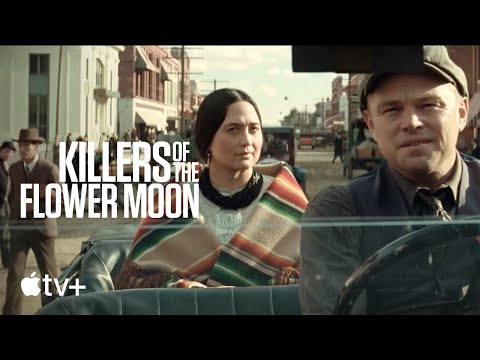
This is the deepest, angriest, richest and most risk-taking American movie I’ve seen about the suffering of Native Americans since Chris Eyre’s “Skins” (2002). Watching “Killers of the Flower Moon” and “Skins” back-to-back would make for an enlightening and tremendously affecting double feature.
Is “Killers of the Flower Moon” long? Of course, it is, as three and a half hours is a lot of movie. Is it too long? Nope.
The current ongoing discussion over whether an Intermission should have been a part of the film’s design (and not a well-intentioned act of contractual rebellion on the part of movie theater owners) is valid. However, the idea of an Intermission is such a 20th century concept that could presumably confuse some (wait, we can go to the bathroom, or do we just sit here?).
I still remember the “Planet Terror” portion of the wonderful “Grindhouse” (2007) concluding and audiences getting up to leave, as the double feature angle was lost on many. Perhaps encouraging audiences to “binge watch” is the only real option?
In full disclosure, this is the first Scorsese film with so many supporting characters and side villains, I did have some difficulty keeping track of who everyone is. There is a repetition to the second act, particularly in the obviously ominous presence of a drug that needs to be administered by needle. Some of “Killers of the Flower Moon” moseys along, but by the third act, the film is at a full gallop.
RELATED: SCORSESE’S ‘CAPE FEAR TRUMPS ORIGINAL
Much has been made of a “spanking” scene but the media attention to the moment is overstated. Far better is what is, outside of “Labyrinth” (1986), my favorite repeated use of an owl as a storytelling device. There’s also a scene in which a character mourns alone in a prison cell, while another character prays for him in the cell across from him – I can’t get into the specifics of the scene without spoilers but will say that it’s as painful to witness as anything I’ve seen from Scorsese and another nuanced character moment.
What to make of the final scene, in which the setting, period and even the storytelling device has radically changed? I liked it and it remined me of the ending of Spike Lee’s “Malcolm X” (1992), in the way its overstuffed but welcome and enormously heartfelt.
If this winds up being Scorsese’s final film, then that closer is going to hit even harder over time.
There is guilt in the film’s conscious and, clearly, Scorsese did his research. He also shapes another Wages of Sin drama, in which the good are punished and the evil are ultimately doomed. While deemed a Western, “Killers of the Flower Moon” is more a meditation on systemic corruption than a cowboy shoot ‘em up.
The material is so harrowing and drenched in historical sadness, and the running time is so demanding, this is a hard one to casually recommend. However, a handful of Scorsese’s films, ranging from “Silence,” his masterpiece, to “The Last Temptation of Christ” (1988) to “Kundun” (1997) and “The King of Comedy” (1983) are as out-of-character as they are unmissable.
Scorsese has never made the same film twice, which is why his gangster films are disconnected but distinct and personable. His latest is like a gangster film, really, in that it shows how the wrong people had a firm hand in shaping a rotten part of human history.
Like most of his incomparable body of work, I will be seeing this again, many times.
Three and a Half Stars
The post ‘Killers of the Flower Moon’ Is Nothing Like We Expect appeared first on Hollywood in Toto.
from Movies - Hollywood in Toto https://ift.tt/6Xa5BcA
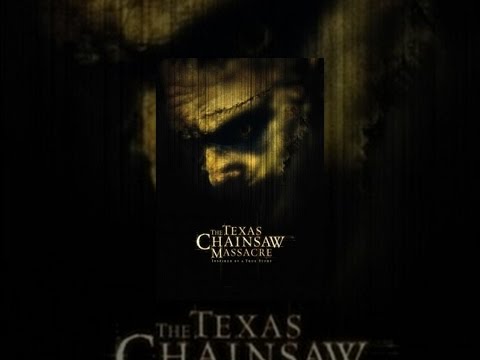
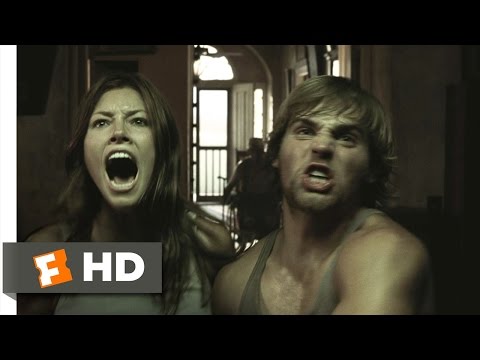

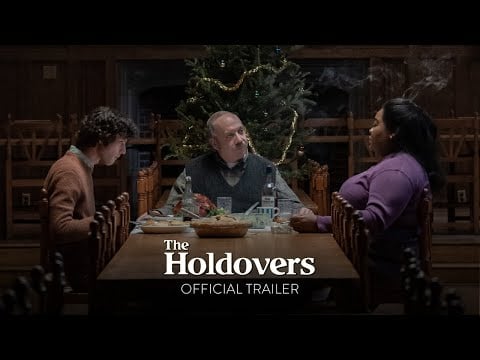
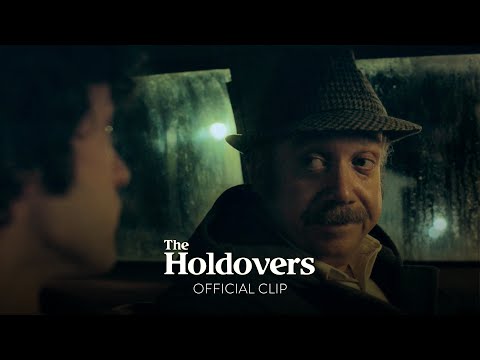




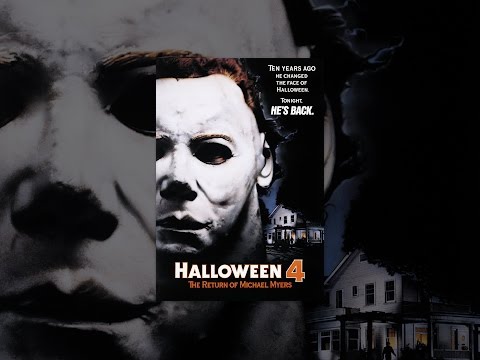

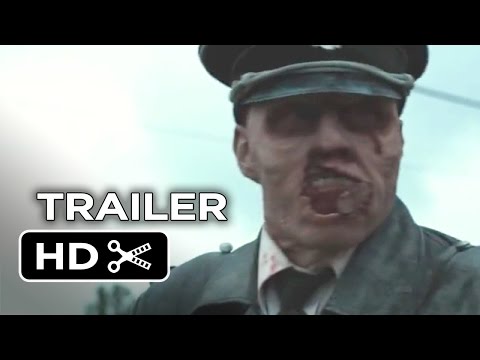
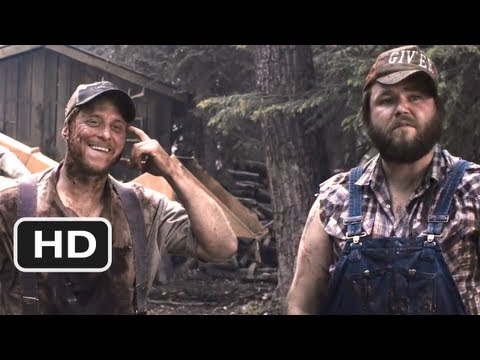
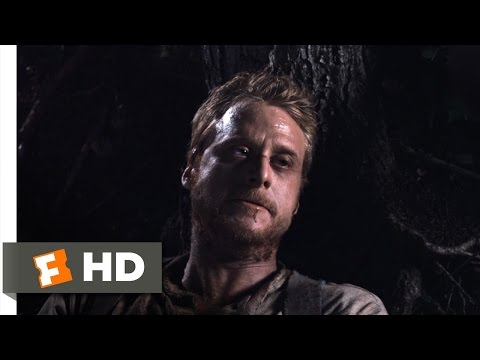

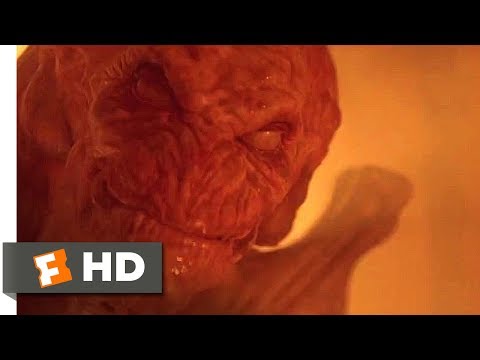
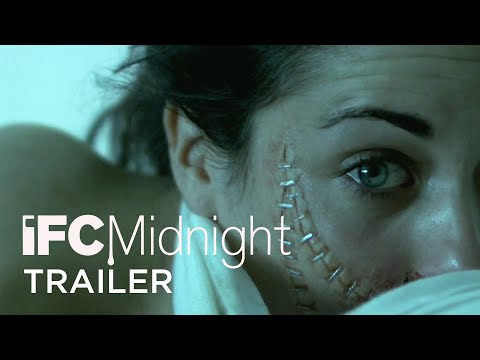

 (@CineBinger)
(@CineBinger) 

